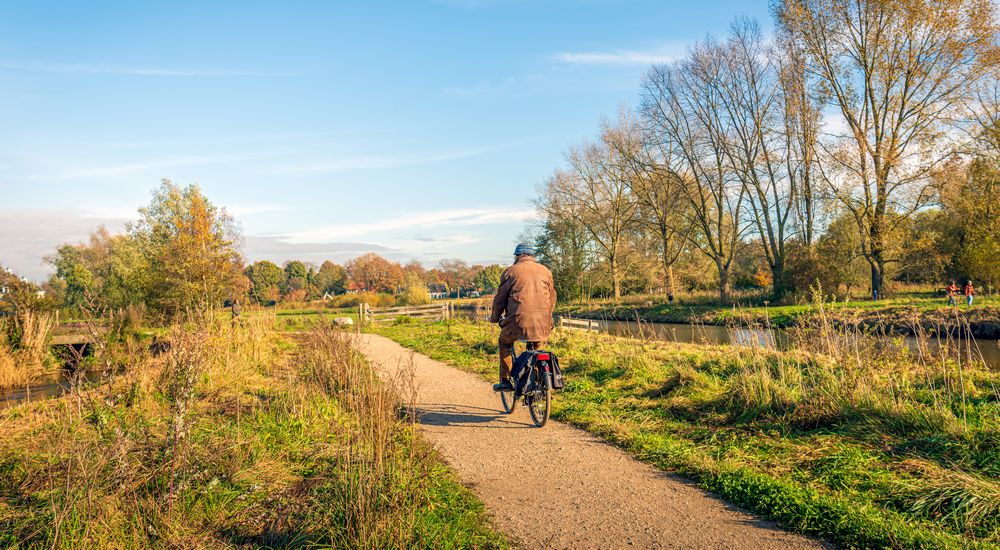Green, blue, dark infrastructures… What are they for?
Blue-green and black infrastructures are big challenges facing local authorities to ensure sustainable urban planning.

Essential for promoting biodiversity and bring nature back into towns, blue-green infrastructures and the less know black infrastructures are big challenges facing local authorities to ensure sustainable urban planning. This article explains what these different infrastructures are for and how they contribute to regional planning.

Green, blue and dark infrastructures, what are they?
Blue-green infrastructures are ecological corridors. Green infrastructures are natural and semi-natural land environments and blue infrastructures are aquatic environments. These infrastructures are superimposed to create an ecological continuity making it possible to protect the natural habitats of local species. They exist in the countryside as well as in urban and suburban surroundings.
The main objective is to reconcile local development and quality of life challenges while safeguarding biodiversity and landscapes. Blue-green infrastructures can be used in several fields:
- agriculture
- urban planning
- transport infrastructures
- adaptation to climate change
- landscapes
Definition of blue-green infrastructures: networks formed by terrestrial and aquatic ecological continuities identified by regional mapping of ecological coherence and national, regional and local authority planning documents.
In Europe, this concept, already implemented in many countries, was based on a Pan-European biological and landscape diversity strategy (1995). 54 countries signed up for the creation of this green infrastructure. To assist local authorities in France, the Ministry for Ecology, Sustainable Development and Energy published a methodological guide on how to create green and blue infrastructures.
Dark infrastructures, often forgotten, are sufficiently dark ecological corridors for night life (artificial light harms fauna). As a third of vertebrates and two thirds of invertebrates live at night — at least partially — , it is obvious why dark infrastructures are important!
Urban blue-green infrastructures are undeniably beneficial for every region
Downtown, blue-green infrastructures should not be perceived as restrictive. First and foremost, they are fantastic tools which integrate not only a landscaping but also socio-cultural and economic dimensions from which everyone benefits!
1. Blue-green infrastructures help biodiversity to develop
That is its primary goal, after all! Biodiversity can exist everywhere: in parks, gardens, wastelands, hedges, cracks in sidewalks and parking lots. Historically pushed outside towns and cities as urban ground was massively waterproofed, plants and animals need these ecological corridors to return.
To create blue-green infrastructures, local authorities must first determine the distribution of natural habitats on their territory, assess their functionality and the threats to which they are exposed.
2. Blue-green infrastructures improve local inhabitants’ wellbeing
Everyone knows that plants are highly beneficial to humanity. Nothing does more to make a town more welcoming, comfortable and healthy than urban and suburban green and blue infrastructures!
Plants muffle urban noises, reduce heat, improve air quality and highlight the beauty of the landscapes. And with the extinction of public lighting and the use of alternatives like bioluminescence, the population sleeps better and rediscovers the beauty of a starry sky.
Start measuring the value of plant benefits now!
3. Blue-green infrastructures beautify urban centers
You don’t start from zero when creating blue-green infrastructures as they are rooted in existing territorial features. Do you have a remarkable tree? An abandoned railway line or aqueduct? Now is the time to transform them into assets! Blue-green infrastructures sublimate buildings and nature everywhere. Landscape designer Michel Pena said at a Paysalia 2021 conference that “no city is a lost cause, even if its soil is polluted.”
Keep in mind that real estate value depends on the surrounding open land. Moreover, blue-green infrastructures can protect this real estate by absorbing run-off waters, reducing flooding risks.
4. Blue-green infrastructures promote alternative means of transport
How many residents decide not to bike to work because the roads are too dangerous? By creating blue-green infrastructures, local authorities rethink their transport systems to make them more attractive and safer changing habits durably.
For example, vegetalized bike lanes not only encourage locals to ride but can also be used by fauna. New activities like canoeing and kayaking can develop in revalorized rivers. In fact, developing a region’s attractiveness builds tourist trade!
Green, blue and dark infrastructures simultaneously protect biodiversity and contribute to human wellbeing, thus meeting new sustainable urban planning challenges. But where to begin? A good way to start is with this link: 13 tips on how to green your town.
© Photo credit: Ruud Morijn / Adobe Stock
© Icônes : Icons8

